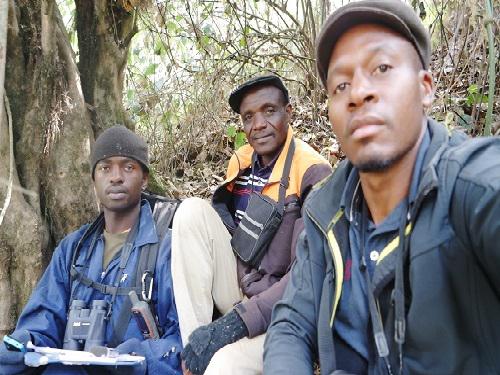Mfombo Didacus Tamambang
Other projects
21 Sep 2015
Reducing Forest Fire and Feather Harvesting Threats on the Bannerman’s Turaco in the Bamenda Highland Forest
The project’ objectives include:
• To investigate the type of food the Bannerman’s turaco eats.
• To ascertain food distribution, availability with seasonal changes and competition for food in the Bannerma’s turaco.
• To create food or develop different feeding avenues for the species in the implementation process of the conservation action plan (CAP).
/b6a22a6ac3ba093afa6cccbca466e9c4.jpg)
The remaining 8500 individuals of the Bannerman’s Turaco leave in the Lebialem forest and the BHF. This species is endangered because of its small and fragmented range, suffering from human pressures such as hunting and forest fires. Forest clearing for agricultural purposes also puts pressure on the species diet. However, little is known about the diet and foraging behaviour of the turaco, therefore limiting the opportunity of creating

different food or feeding avenues, hence affecting conservation efforts. This project seeks to investigate what the species eats, understand food availability with seasons, food competition and integrate results into conservation efforts.
The project’ objectives include:
• To investigate the type of food the Bannerman’s turaco eats.
• To ascertain food distribution, availability with seasonal changes and competition for food in the Bannerma’s turaco.
• To create food or develop different feeding avenues for the species in the implementation process of the conservation action plan (CAP).
Fieldwork will involve following focal groups of the bird for 12 months to observe their diet and foraging behaviour. Each group shall be followed for two to five days every month, during which data shall be collected for twenty five to forty hours. Data collection will focus on diet and the bird’s activities. Furthermore, changes in community-wide fruit abundance will be estimated. Results will assist the afforestation, reforestation and agricultural activities and further benefit the implementation process of the CAP. Tree planting, cropping, agroforestry and apiculture shall be implemented to provide dietary options and feeding opportunities for the species.